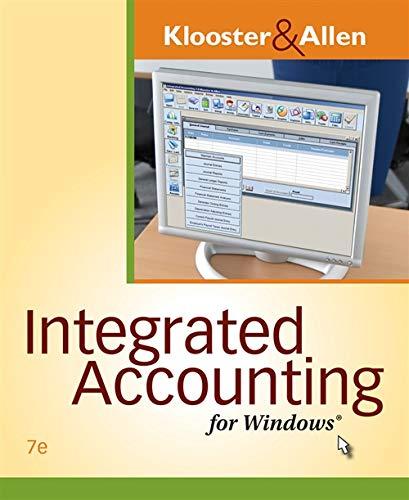Question
LC has quit her job and become a writer. Her publisher faces the following demand schedule for her new book, Mehindi: The Diary of a
LC has quit her job and become a writer. Her publisher faces the following demand schedule for her new book, "Mehindi: The Diary of a Labrador." She has a huge fan following and there are no substitutes for her books. She receives an upfront $100 to write the book, and the marginal cost of publishing the book is constant at $10 per book.
Price.... Quantity.......... TotalCost
$100....................0....................$100
$90.......................1....................$110
$80......................2....................$120
$70.....................3....................$130
$60.......................4....................$140
$50.....................5....................$150
$40.....................6....................$160
$30.....................7....................$170
$20....................8....................$180
$10....................9....................$190
$0.....................10...................$200
- What type of market does LC's publisher operate in?
Perfectly compettive
Monopoly
Duopoly
Oligopoly
2. Which of the following price-quantity combinations would LC's profit maximizing publisher choose?
3 novels at P = $70
9 novels at P = $10
5 novels at P = $50
7 novels at P = $30
3. What are the publisher's profits under the profit maximizing price-quantity combination?
4.Suppose the publisher was not a profit-maximizing firm but was concerned with maximizing economic efficiency i.e., total surplus. What price would it charge for the book? (Hint: what would be the perfectly competitive price in this market?)
5. Suppose the publisher was not a profit-maximizing firm but was concerned with maximizing economic efficiency i.e., total surplus. Would such a firm earn profits or losses at the price that maximizes economic efficiency?
Select ONE
1. Profits
2. Losses
5. Suppose LC's publisher could perfectly price discriminate, i.e., charge each buyer their WTP, this would reduce: Select one from Below
- Consumer surplus
- Number of books sold in the market
- Total surplus
- Publisher's profits
Step by Step Solution
There are 3 Steps involved in it
Step: 1

Get Instant Access to Expert-Tailored Solutions
See step-by-step solutions with expert insights and AI powered tools for academic success
Step: 2

Step: 3

Ace Your Homework with AI
Get the answers you need in no time with our AI-driven, step-by-step assistance
Get Started


